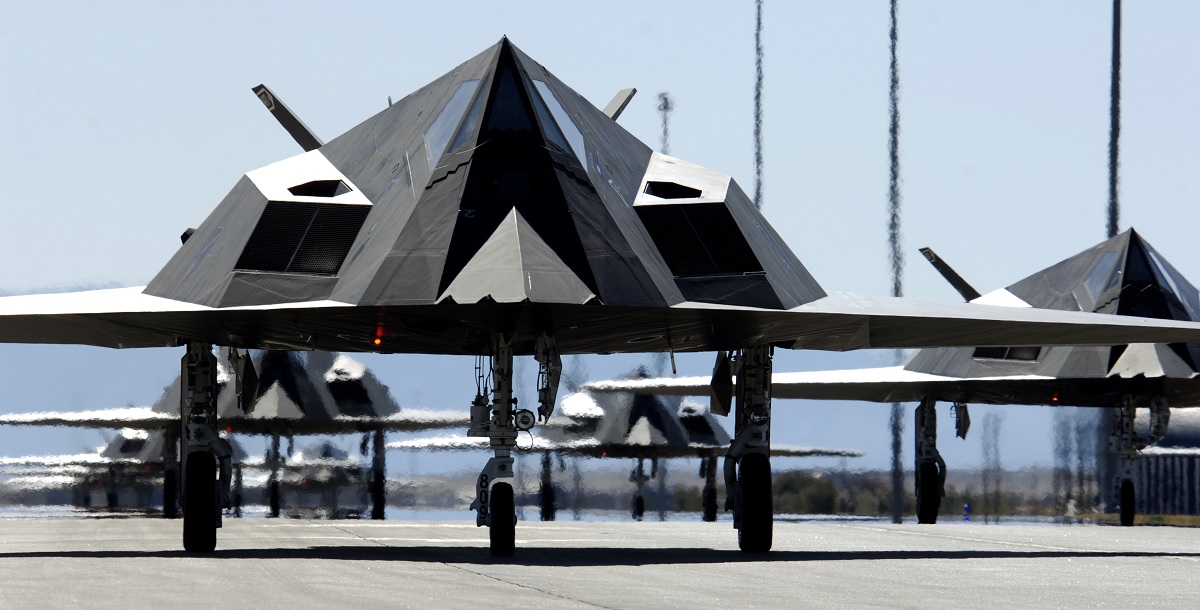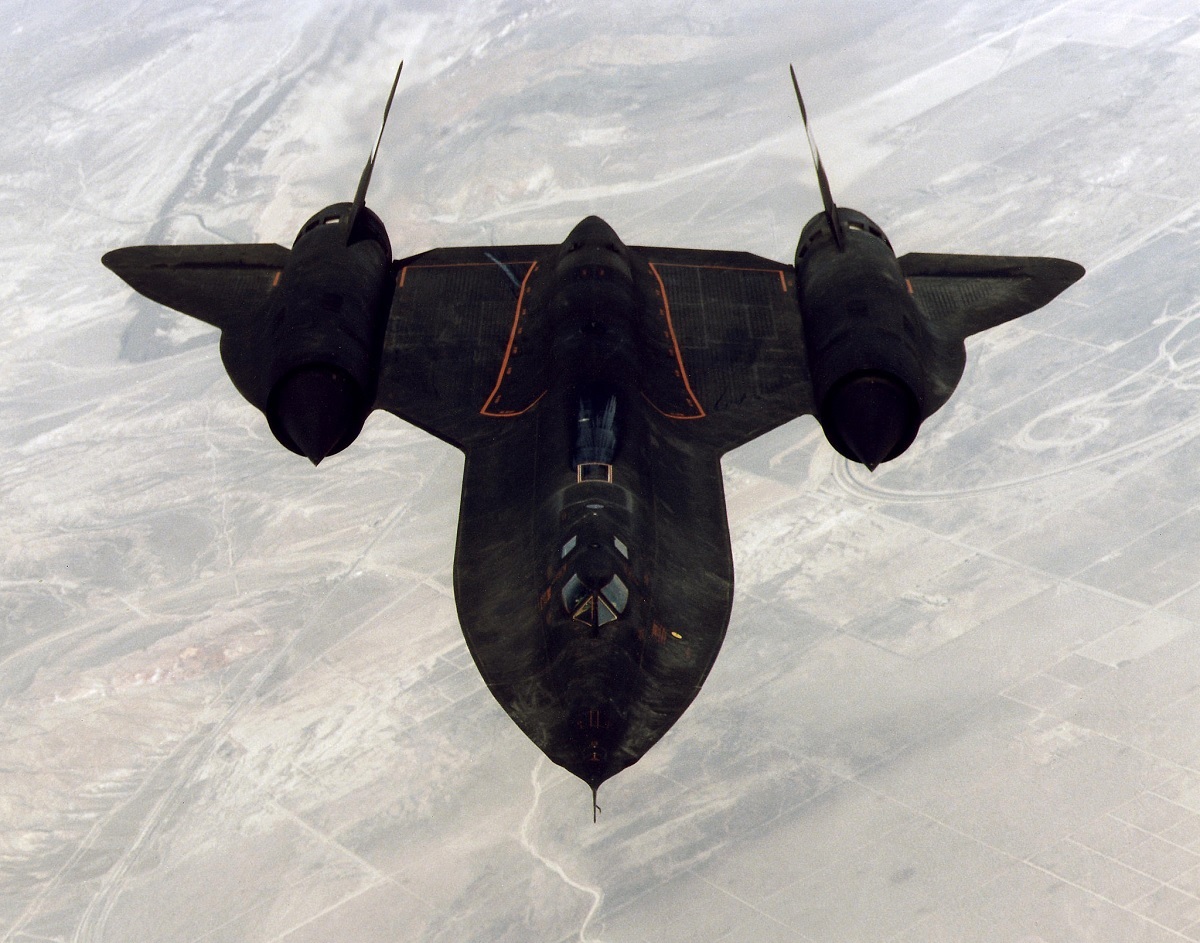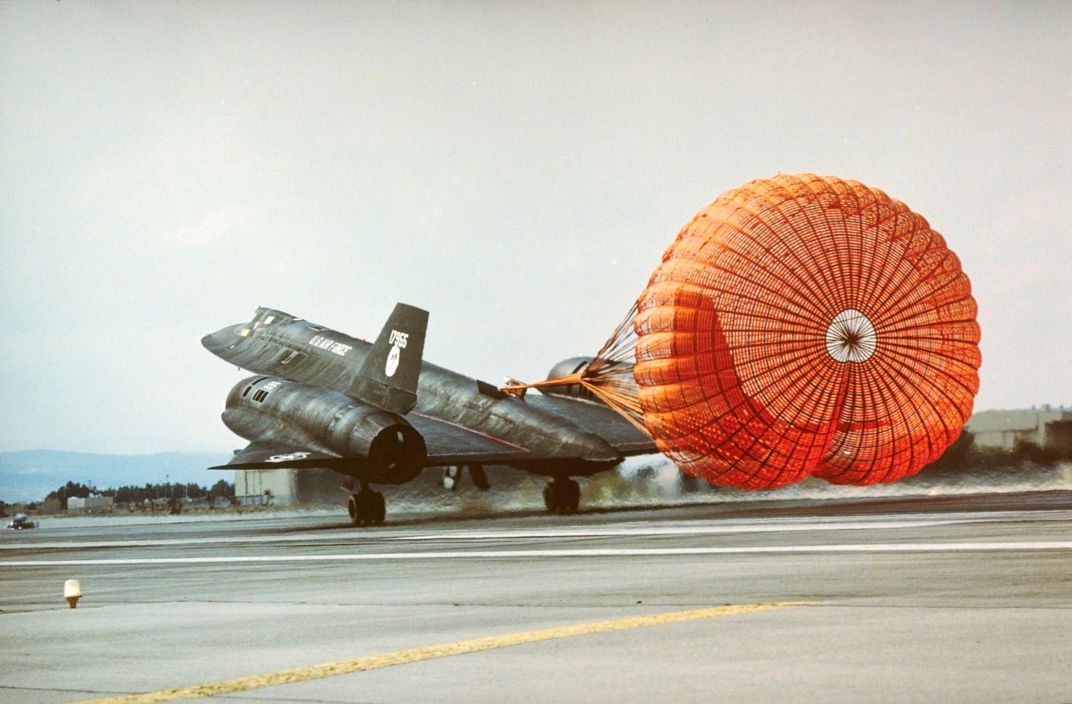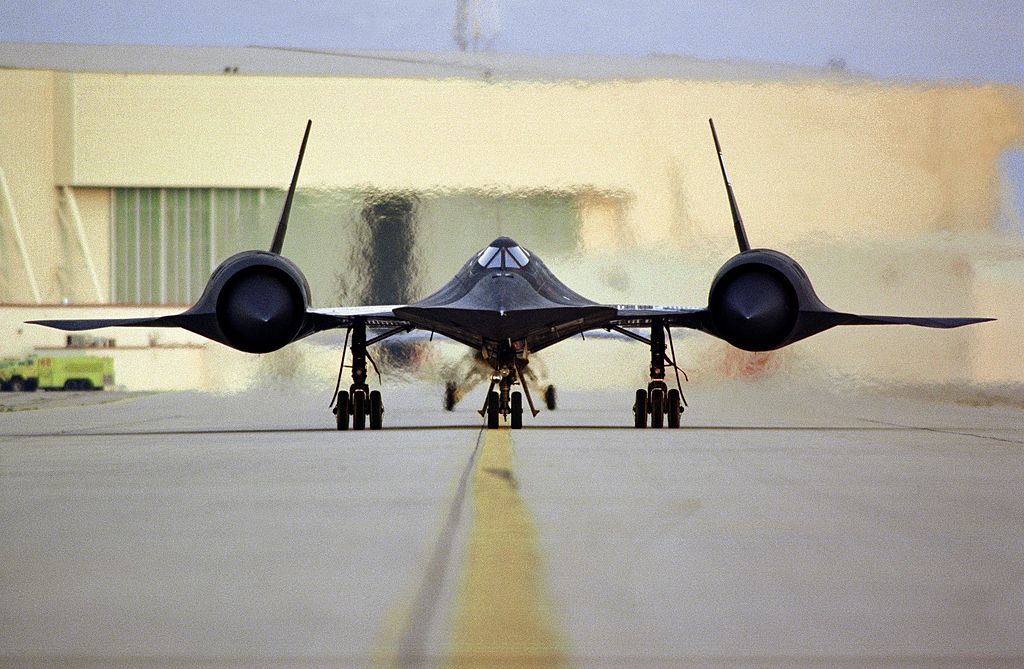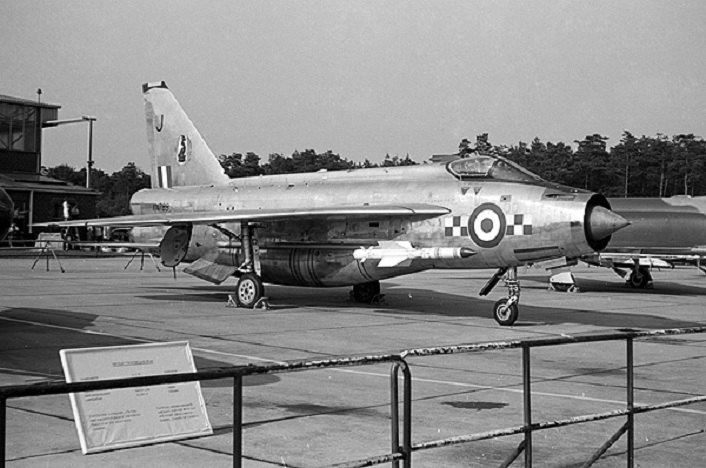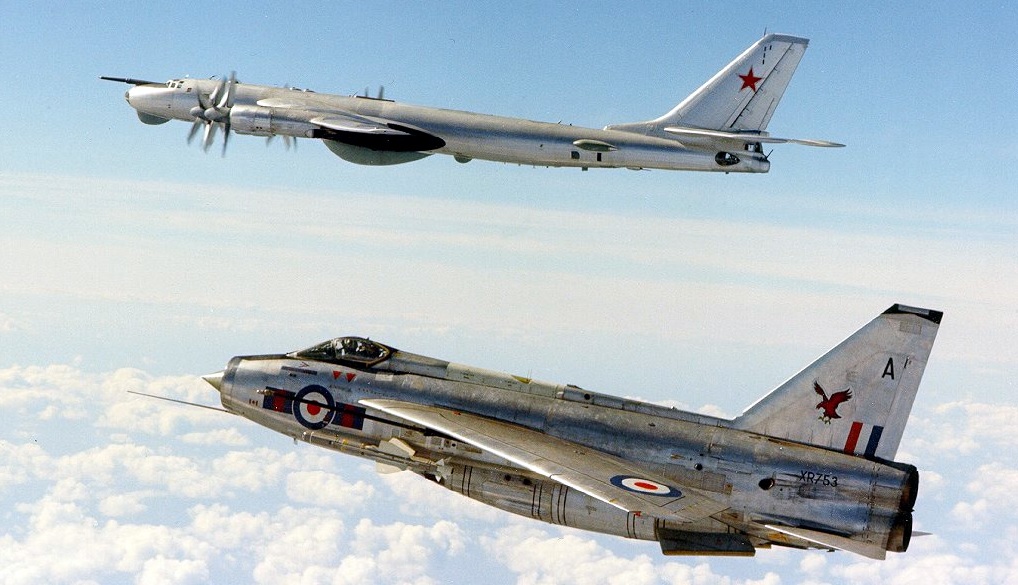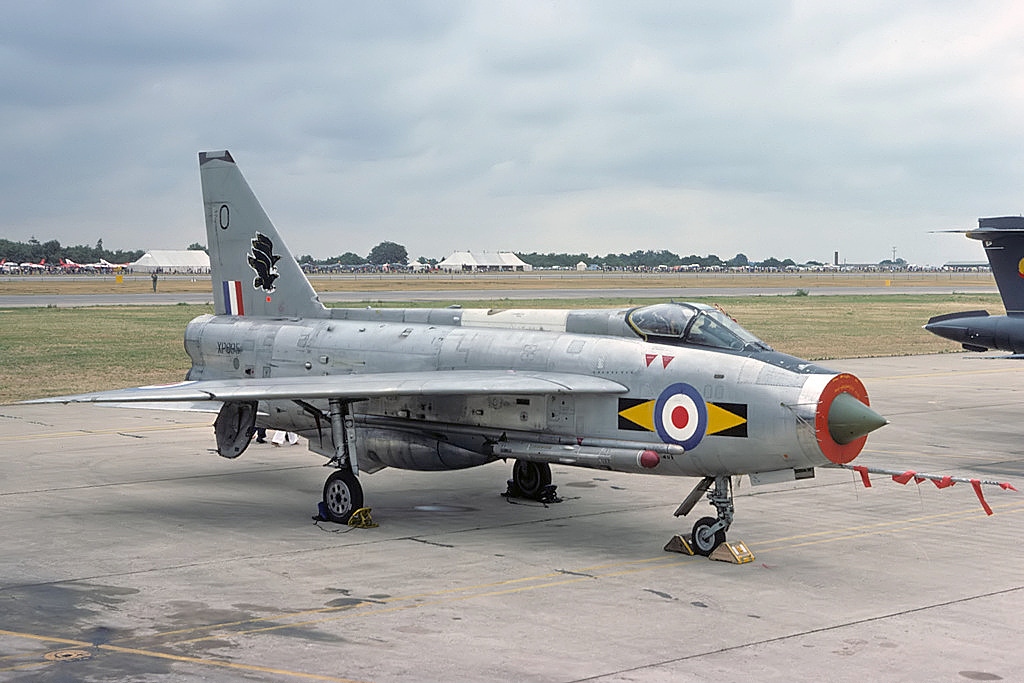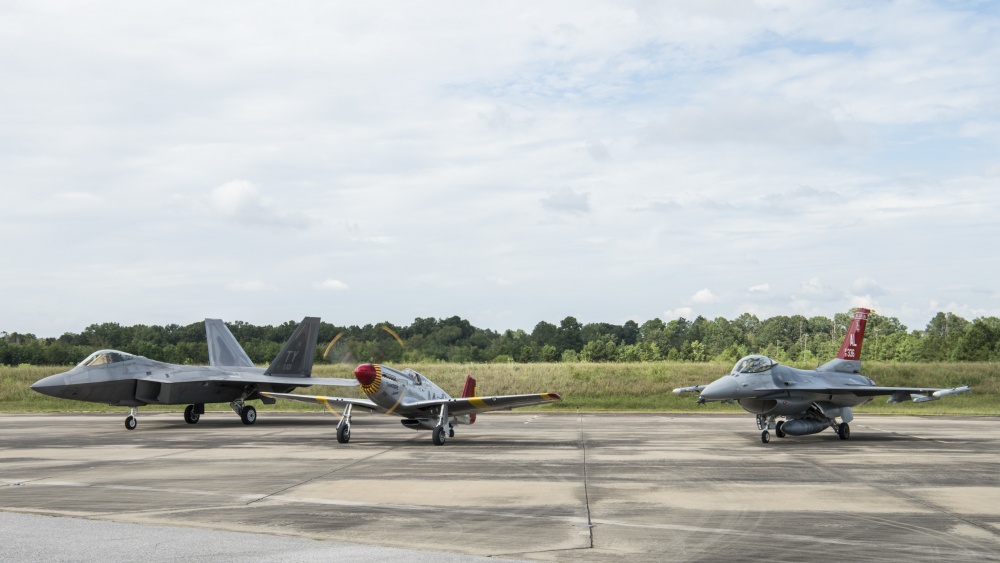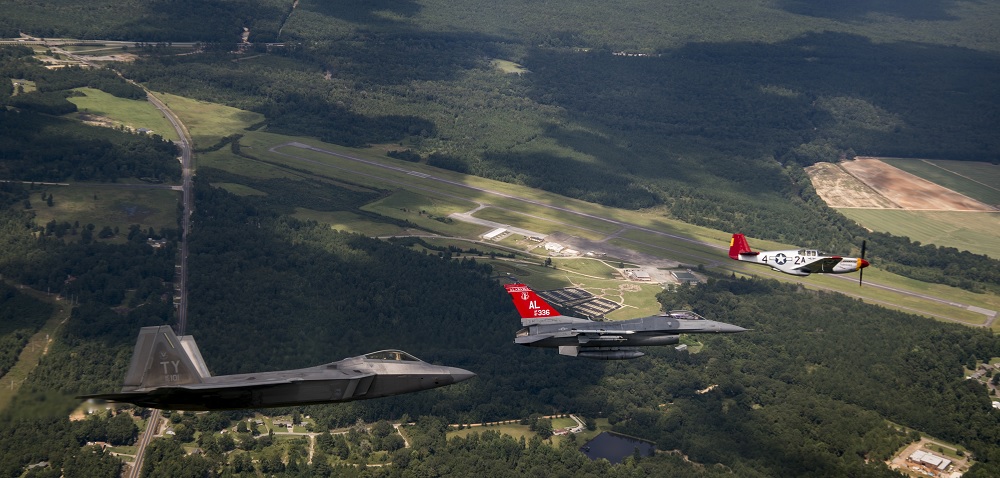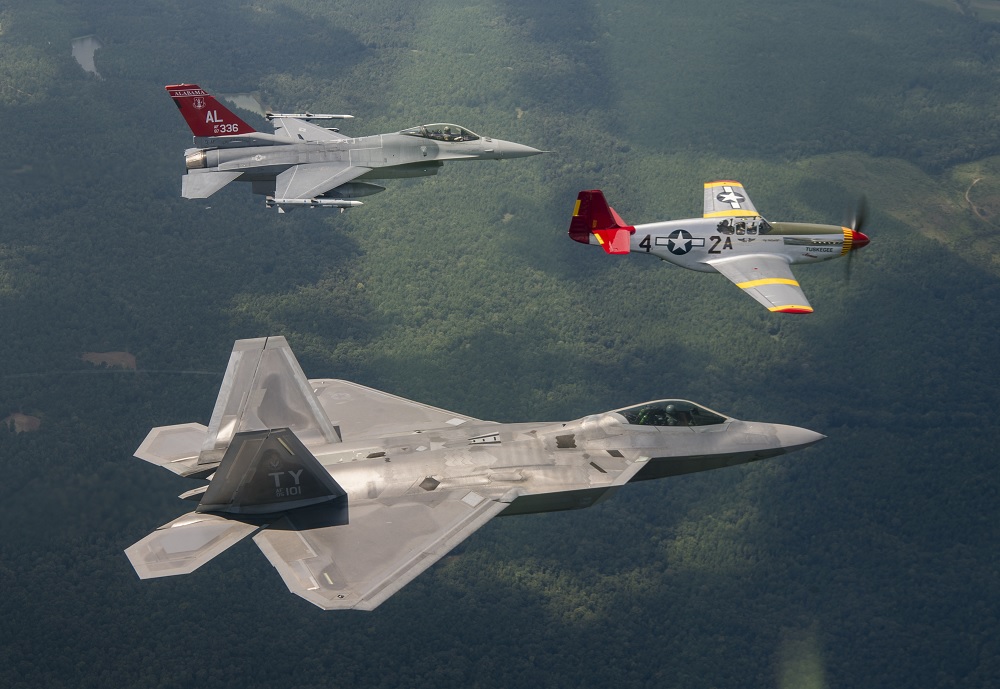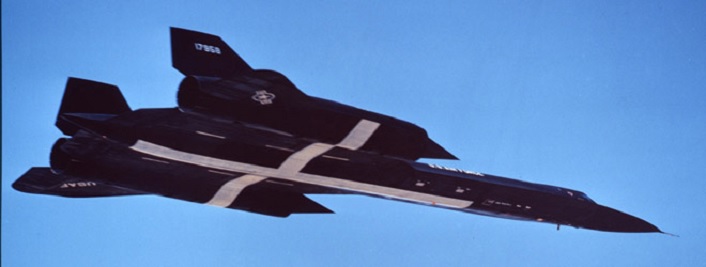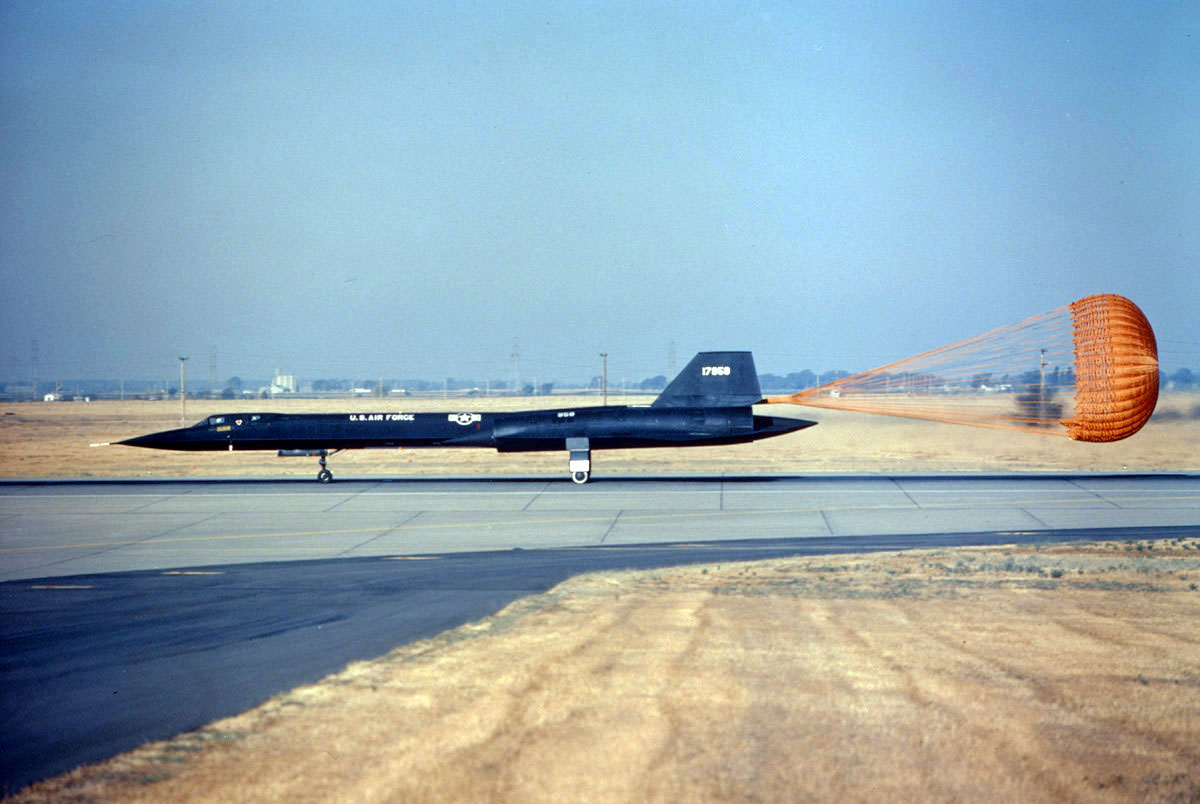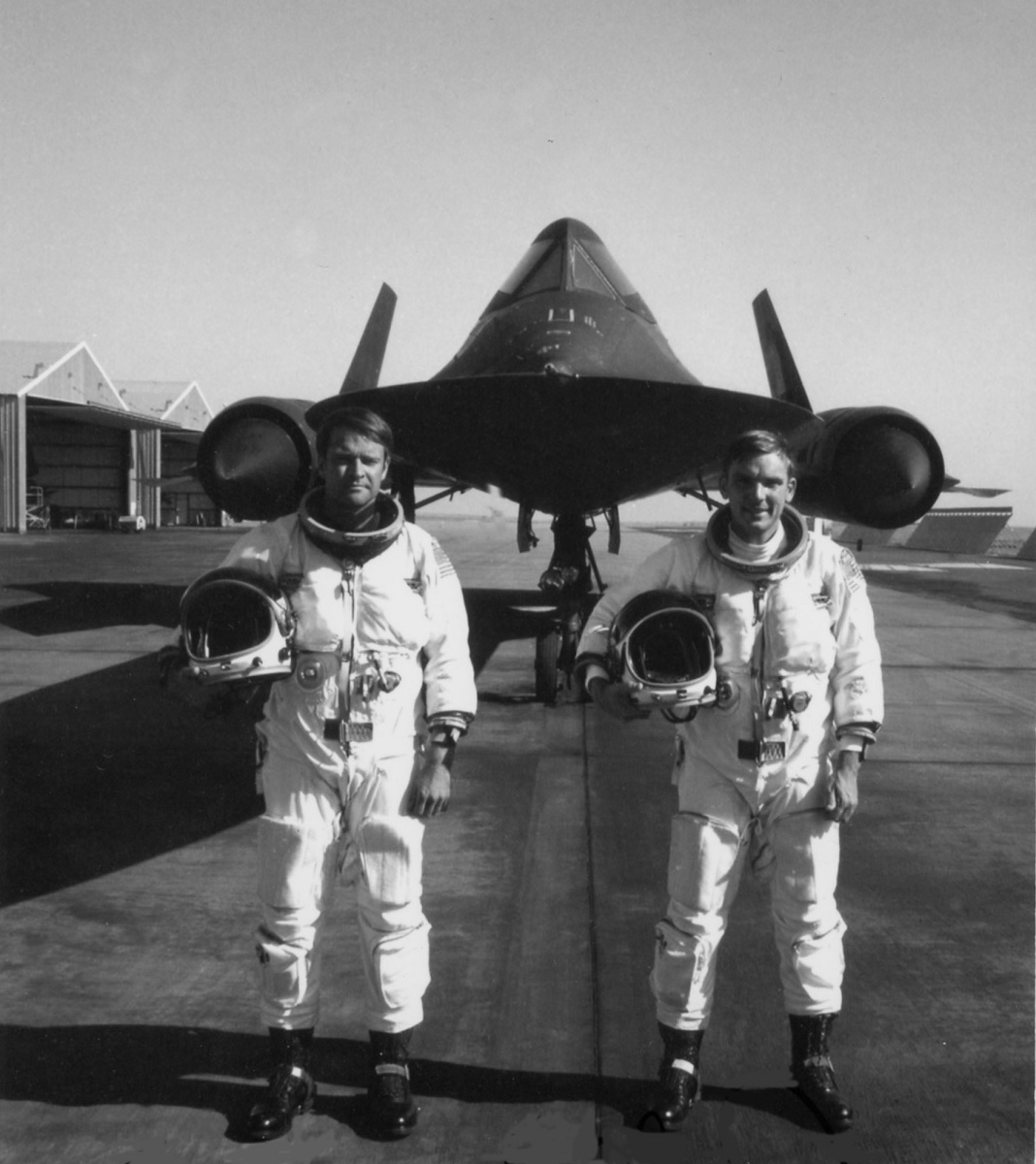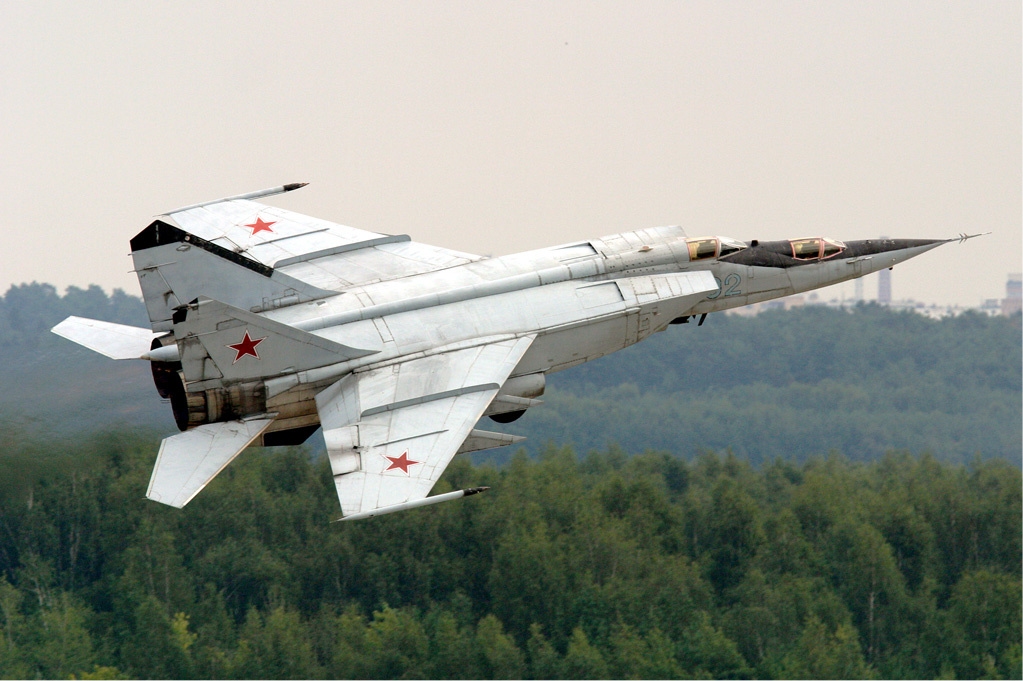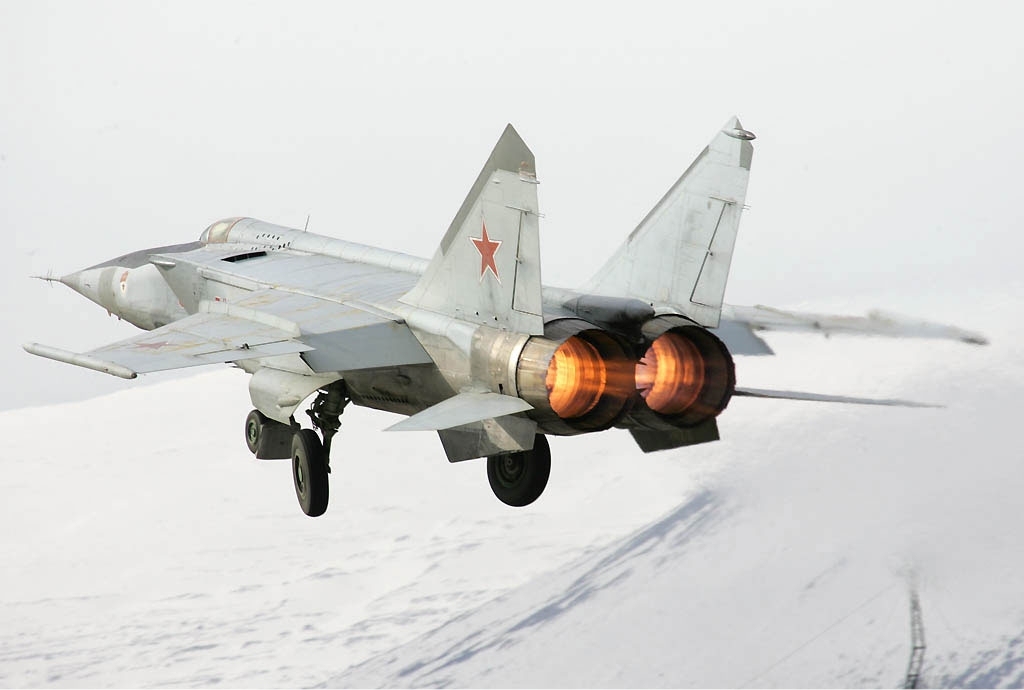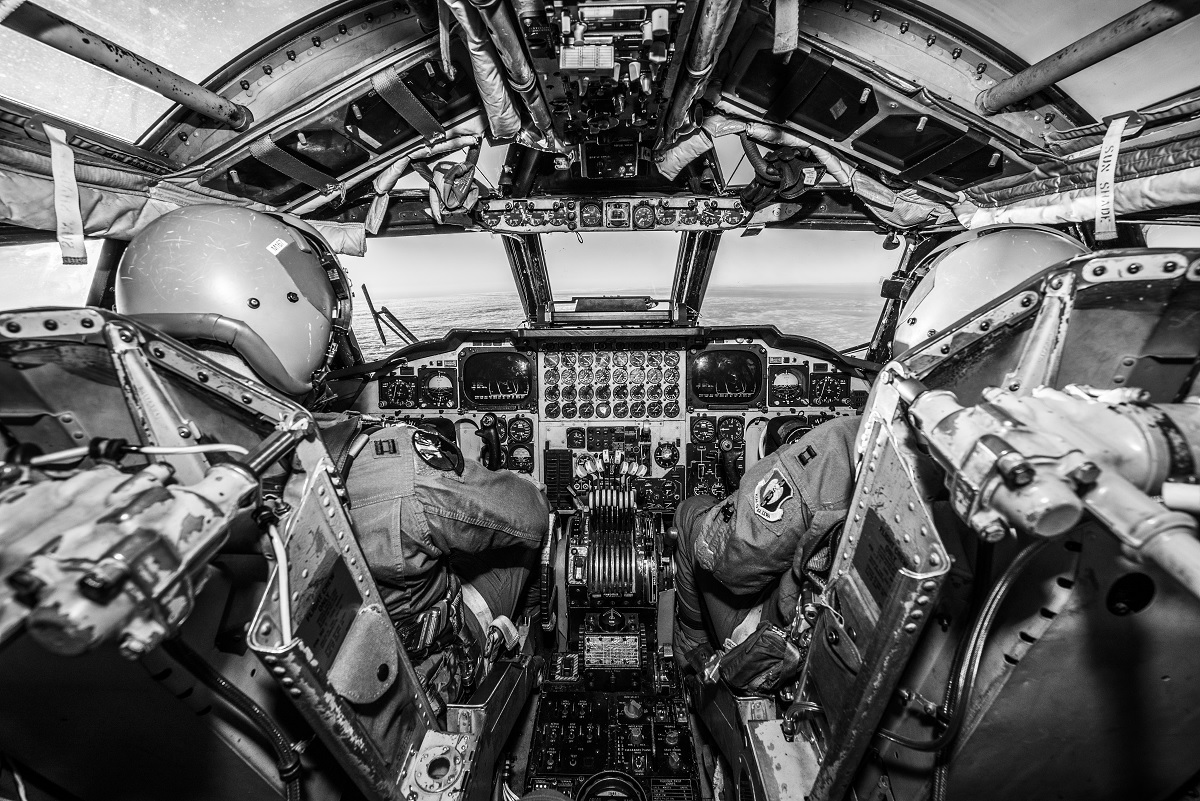“Giving up on the medics, we decided it was time for the bar and he offered me a lift home. Only on the way back to Brüggen did I find out what had happened. The Phantom I had seen fly over the farmer’s field had shot me down!” Group Captain Steve Griggs, former RAF Jaguar pilot
The following article contains excerpts from Group Captain Steve Griggs’s story titled With Friends Like These which appears in Ian Hall’s book Jaguar Boys.
Bang! The aircraft was yawing violently to the right, and not responding to the controls; I heard the canopy shattering. I hear Paddy’s voice from the other aircraft yelling “Eject! Eject!” Thought process — he must know what is going on because I certainly don’t! Result — I eject.
There was a violent explosion, my head was driven down to the breastplate of my lifejacket, I had a vision of the floor of the cockpit dropping away, a snatch of a parachute opening, wrenching pain in my right hand (fool, let go of the seat handle!), then a moment of blissful quiet before the ground below began approaching rapidly. Now, what did the physical training instructors tell us about parachute rolls on landing? Can’t remember in time and — thump, I land completely out of control in a field — and it hurts. Look up and think, momentarily, that I might be in heaven (I was a young, bachelor flight lieutenant at the time) as a blonde vision of loveliness dressed in tight-fitting jodhpurs ran over to me, followed her father (blast!).
“It must be your birthday,” Gerd Molleken (ex-cavalry officer) said. Still distracted by the vision of Germanic loveliness peering (fondly?) at me, I somewhat confusingly replied, “no, that’s not until September”, which seemed to perplex them both.
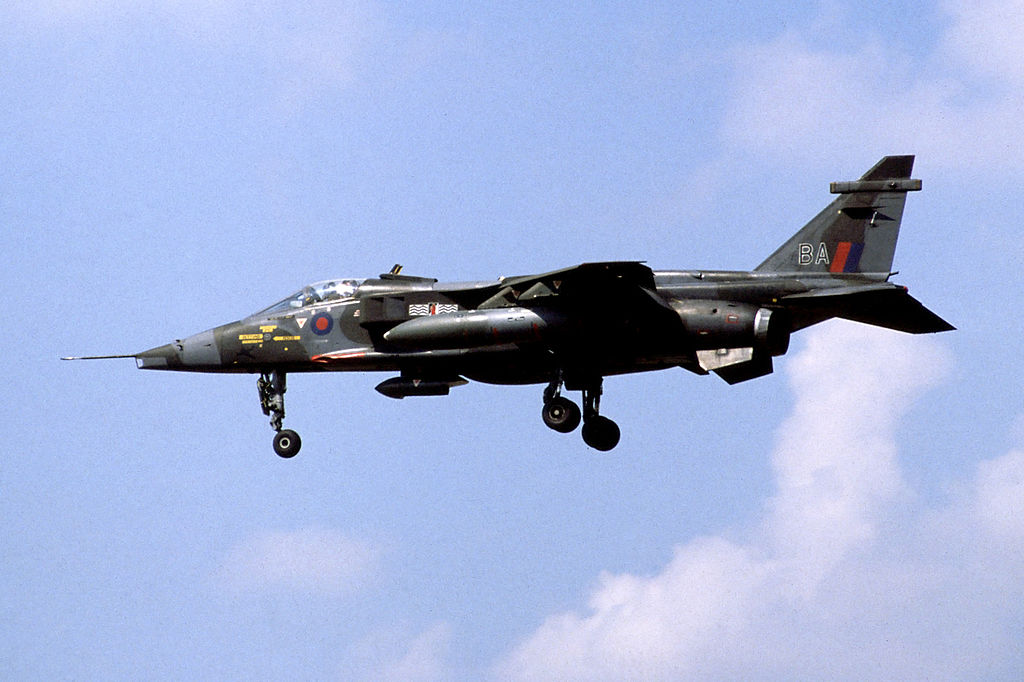
I was being helped to my feet and gathering my parachute and various bits together when alone Phantom flew overhead, very low down.
“Did you see what happened?” I asked the farmer.
He did not, and neither did I know what had happened, except that I thought that it was odd for the F-4 to be alone — they normally flew as pairs. Could I have had mid-air with his mate? They were questions for later since a bottle of brandy had now been produced and hospitality offered (not my daughter, unfortunately). Pausing only to make a quick phone call to Brüggen to relay the news (apparently disturbing the station commander during the annual formal inspection lunch) we attacked the bottle. Remember, this was in the years before compulsory ‘medicals’ following accidents; i.e. I would have compromised the blood test. Still, morale, welfare and not offending the farmer were much higher priorities in my mind at the time — as well as his daughter.
The farmer seemed quite unperturbed by the whole event. Little did I know that he was quite used to having aircraft crash into his fields. A Harrier had ended up there a few years earlier, and his cash register was already ringing up the latest invoice for compensation. Several glasses of brandy later (not sure if they went onto the bill), the sound of a chopper was heard, and a lift back to Brüggen given the courtesy of the German air force. I was rushed to the medical center for a quick check-up, to be met by Paddy and other members of 14 Squadron (I was in Staneval Weapons at Brüggen and was flying with 14 Squadron that day) with bottles of beer stuffed in their pockets. I was waved off for a rather wobbly ride to Wegberg Hospital for X-rays, etc; at that point, there was still no news of what had occurred. Even Paddy was in the dark; he had just happened to look back at me in time to see the aircraft explode and had had the presence of mind to immediately call for me to eject.
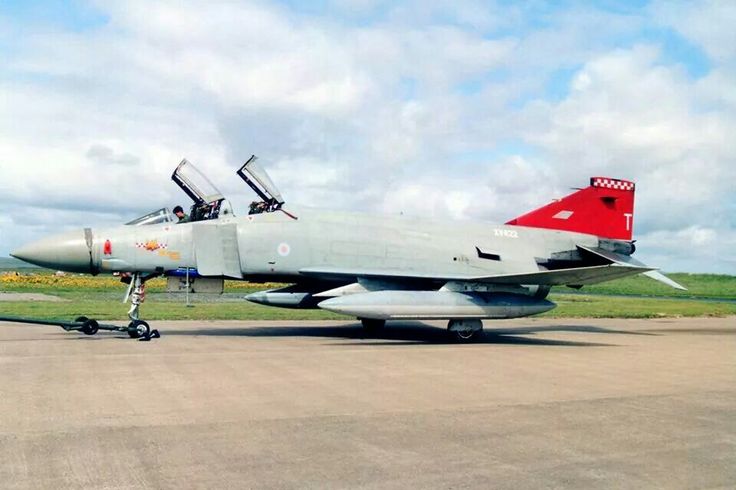
Wegberg Hospital was worse than useless. Having arrived in casualty covered in mud and with a cut chin, there was not a soul in sight, even though they had been told to expect me. Finally, I found someone who told me to go down the corridor and book in for an X-ray. That over, I sat around seemingly for ages waiting to see a doctor. I was getting bored and feeling in need of another beer, when, on cue, I walked Flight Lieutenant Brian Newby (I had been flying his ‘named’ aircraft Jaguar GR1 XX963). Giving up on the medics, we decided it was time for the bar, and he offered me a lift home. Only on the way back to Brüggen did I find out what had happened. The Phantom I had seen fly over the farmer’s field had shot me down!
So how did it happen? There I was minding my own business at 1,350ft, returning to Brüggen after a forward air controller training sortie as number two to Paddy Mullen, when the radar unit we were using warned of conflicting traffic ahead. The RWR lit up, which was not an unusual event in the corridor routing aircraft to and from the training areas to Brüggen and Wildenrath. Aircraft went out at 750ft and back at 1,350ft for deconfliction. The F-4s from Wildenrath often ‘painted’ aircraft to ensure their separation. What was unusual this time was that the CWI-band vector moved from front to rear. “Might not be a Phantom then,” I thought, “I could be picking up the Hawk surface-to-air missile site to the north – although that would be a fair distance away.” In the meantime, I saw a German F-104 pass down the starboard side — more of him later.
Hours before this the hooter had sounded at RAF Wildenrath (the Phantom FGR2 base) in the early hours of the morning for a station exercise. Aircraft and crews had been generated, and the aircraft loaded with live weapons in accordance with the normal policy for exercising quick-reaction forces in NATO. Once the required number of live-armed aircraft had been achieved, the aircraft was then de-armed prepared for training sorties loaded with acquisition rounds (inert missiles with real, heat-seeking heads). Crews were then to stand by to fly missions as directed by the SOC for training. For the purpose of such exercises, other RAF Germany aircraft were generally regarded as hostile targets, with fighter controllers scrambling the F-4s to intercept targets for training.
One crew, who shall remain nameless, was scrambled for such a mission in Phantom FGR2 XV422. They took off from RAF Wildenrath to mount a combat patrol under the control of the SOC. At approximately 1247 hrs, they were vectored onto a pair of Jaguars and told to engage the ‘hostile’ aircraft. Following standard procedures for a simulated attack, the Phantom closed on the Jaguars, and, when in an ideal position to complete what until that moment had been a typically routine engagement, the pilot pulled the missile release trigger. This should only have produced a witness mark on the radar film to record the intercept. Instead, as the pilot said later, the growl from the missile seeker transferred to his other ear (now indicating the missile on the other wing), and the first missile was launched.
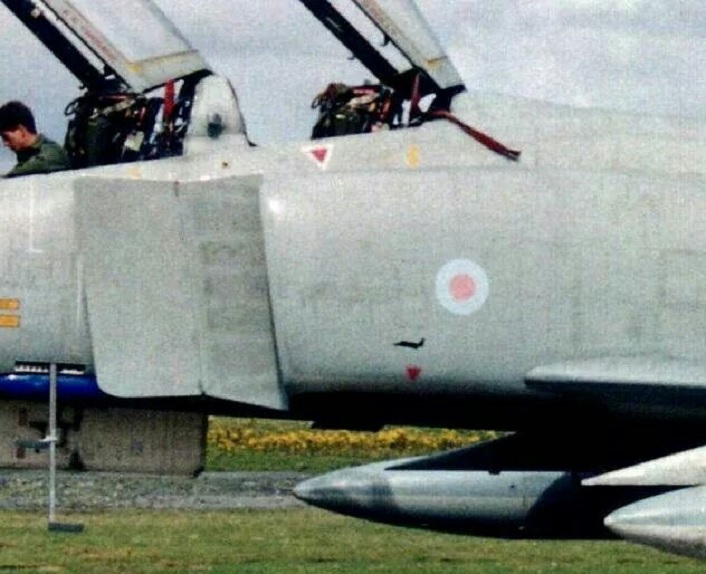
Dumbfounded he watched, powerless to influence the outcome, (the Sidewinder being a fire-and-forget weapon) as the missile exhaust trail headed off towards my aircraft. He was not even on the same radio frequency as me, and we in turn had not been made aware that we were to be intercepted for training. The AIM-9G missile hit my aircraft, with my complete tail section behind the wing breaking away and the front part of the aircraft (with me still inside) entering a flat spin.
I cannot begin to imagine what was going through the poor guys’ minds on their way back to Wildenrath; it is a bit difficult to explain away returning to base after a training flight with one missile fewer than when you started out! Indeed on the way back, I understand that they had some difficulty in convincing agencies of the reality of the event. At least they had the reassuring knowledge they had seen me eject safely.
Since I was well, with only a slight cut to the chin and not even back pain (I will be able to play golf the next day — albeit with a sore head), I decided to celebrate my lucky escape in the traditional way by putting on a barrel of beer in the mess. Since I did not know the F-4 crew, I invited them to attend to show that there were no hard feelings. To their credit, they entered into the lion’s den and came along, apologizing. It was later that evening that the Brüggen station commander discovered they were in the bar with me, and pointed out that this would not look good for the subsequent board of inquiry — since we could be accused of collaborating. Indeed the ‘party’ was subsequently misreported in the press as us ‘celebrating’ the loss of one of Her Majesty’s aircraft, a fact I tried to correct by a letter to The Telegraph.
At any rate, we split from the mess, with members of 14 Squadron taking the F-4 crew away for beers at the married quarters, and me being royally entertained by the combined efforts of members of 17, 20, and 31 Squadrons elsewhere on the patch.
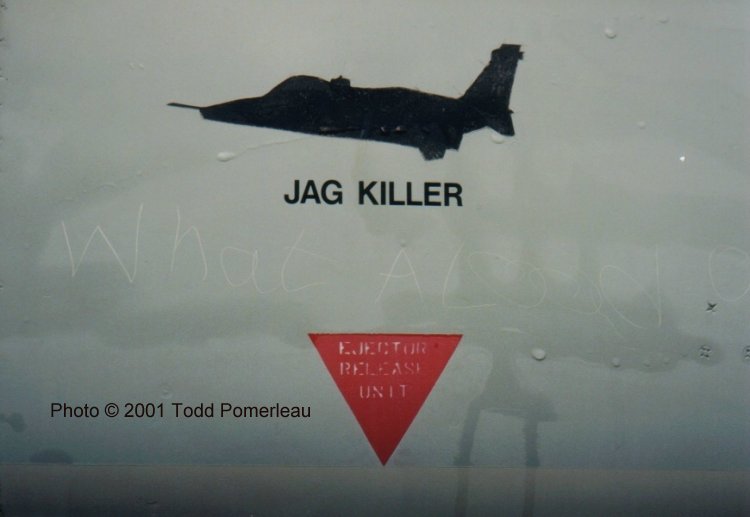
Obviously, the accident was the result of a monumental cock-up. The board of inquiry found the crew of the Phantom to be negligent, but were they solely to blame? Having read the accident report, and spoken to those involved, the crew seemed to me to be the last link in an unbroken chain that was destined to result in an accident.
The crew had been called out late and had missed the start of the exercise. They were briefed hurriedly and were the last to be allocated an aircraft, which was live-armed. A simulated bomb incident forced them to evacuate the aircraft shelter and they were allocated another, which was also still armed with live weapons. The navigator noted that this aircraft had no red tape over the master armament switch, which would have denoted that the aircraft was live-armed. Halfway through a pee-break (flying and NBC kit hindering a speedy execution of this maneuver), they were scrambled by the SOC, which was also on exercise. The accident train was underway.
The report of the board of inquiry revealed that all of the safeguards provided for in the command and station operating and engineering orders relating to the carriage of live missiles were either ineffective or had not been complied with. The circuit breaker for the firing circuit was found not to be an effective device, even though it had been pulled to render the system inactive. The SOC fighter controller had not made a ‘check switches safe’ call because he had not been informed that the aircraft was carrying live weapons. Indeed, the operations officer at RAF Wildenrath had not passed the information to the SOC because he was not aware of it himself.
Despite these factors and the absence of the vital tape on the master arm switch, the crew was deemed by the board of inquiry to be negligent and (eventually) faced a court-martial which resulted in their being found guilty of negligence. The severe reprimand was given by the court, which was the lightest punishment possible, suggested that the court acknowledged that the crew was not solely to blame. The organization behind them was seen to be at fault, and following a comprehensive review, numerous changes were made to procedures.
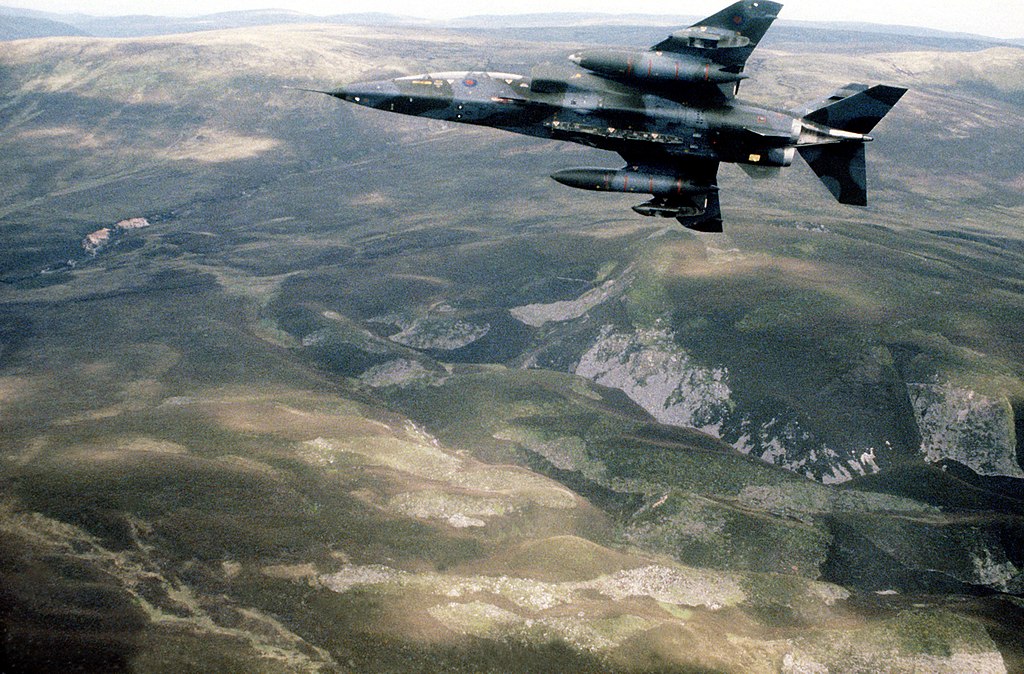
The accident may seem unbelievable but vividly illustrates how pressure on individuals, combined with poor organization and inadequate orders, can lead to mistakes being made.
Photo by Rob Schleiffert from Holland via Wikipedia, MSgt. Don Sutherland / U.S. Air Force, Pinterest, Crown Copyright and Todd Pormealeau via sepecat.info





